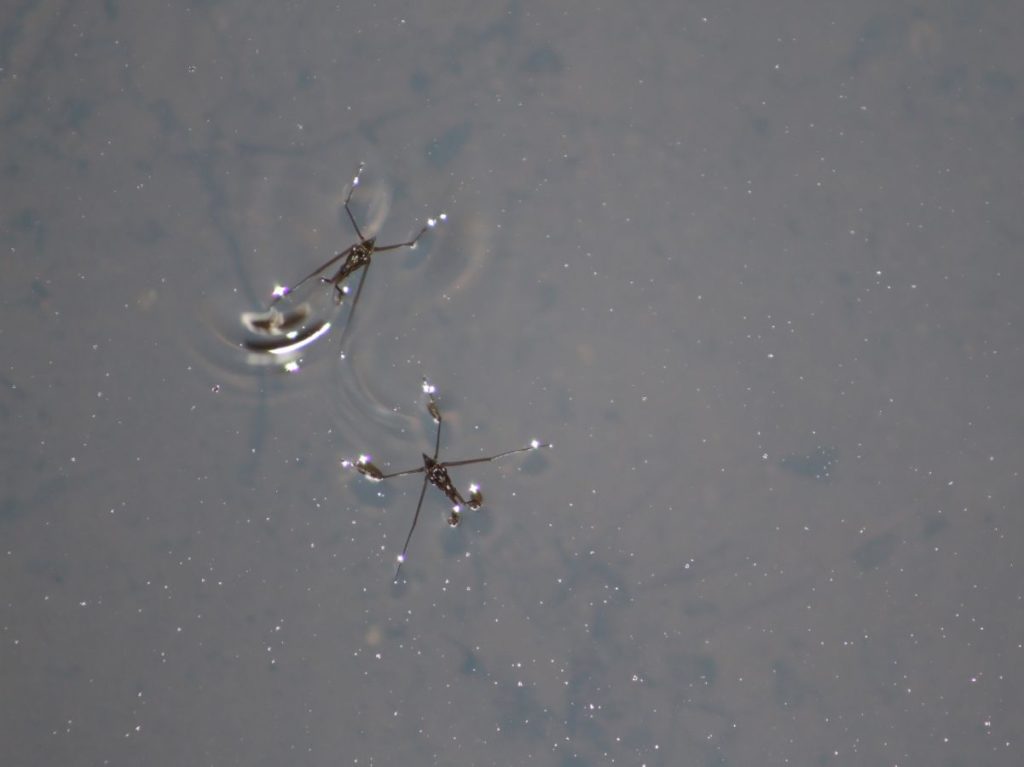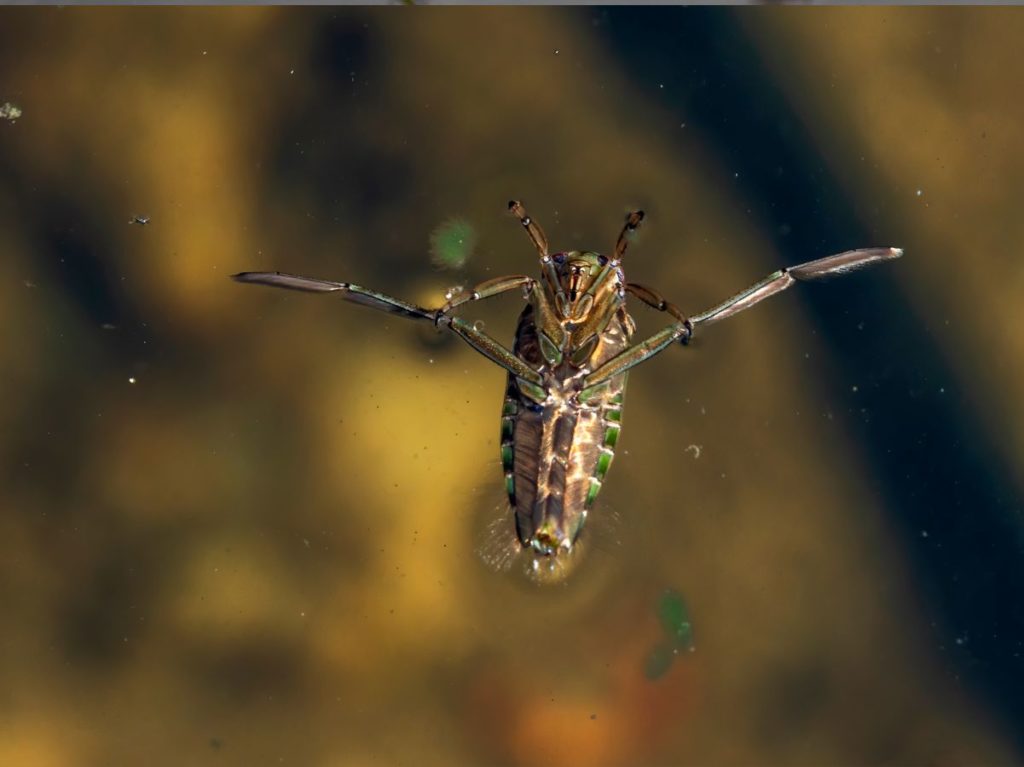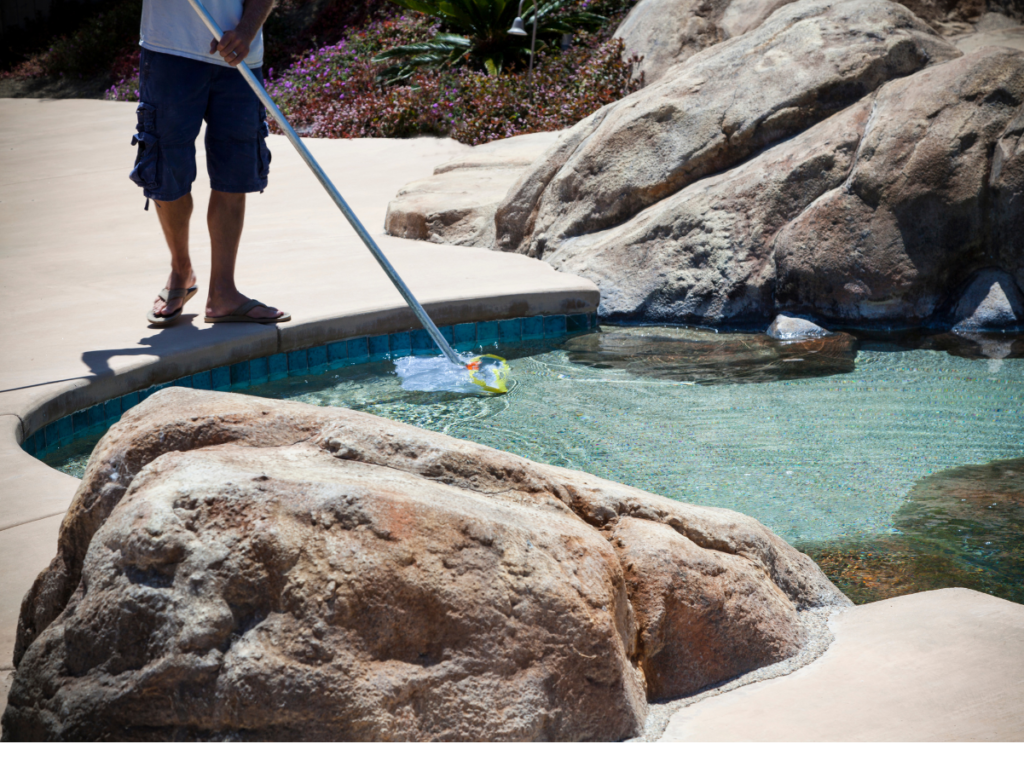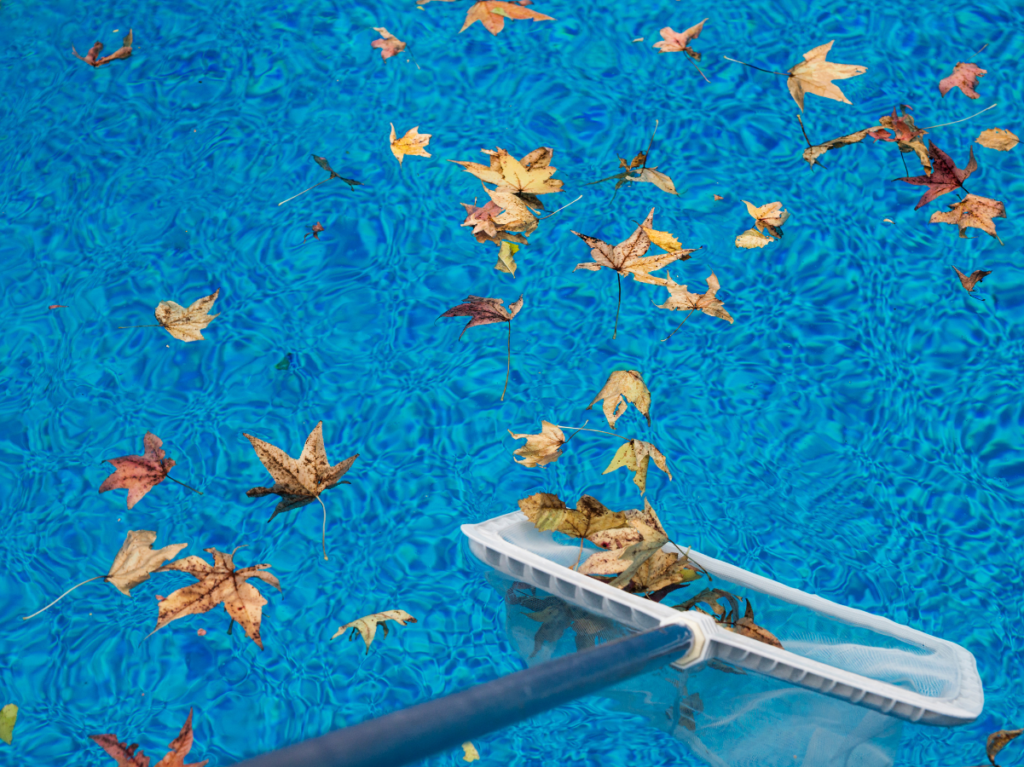Using a swimming pool is an exhilarating and refreshing experience, not only for you but also for the bugs who enjoy this luxury at your pool.
While you can only swim and have fun, water bugs can swim, eat, breed, and thrive in pool water.
Unless they’re paying rent for this nuisance, it is better to get rid of them for good.
Follow this short and comprehensive guide to getting rid of water bugs in your pool the right way.
How to identify water bugs
Before you prep your gear to weed the bugs out of your pool, it is imperative to identify and understand this problem.
What types of pool bugs exist?
Out of the large family of waterbugs, there are just two species you have to be concerned with - The water boatman and the backswimmer.
Both these bugs are somewhat similar in size and capable of flying.
The water boatman is oval-shaped and about half inches in size with four legs and is usually brownish. The long hind legs give the appearance of boat paddles, hence the name.
The backswimmers have a lighter color, longer legs, and swim upside down, which gets them the name. You can identify them with the images below.
Water boatman

Backswimmer

What do pool bugs eat?
The water boatman feeds upon algae, plant matter, mosquito larvae, tadpoles, and other microorganisms. So in a way, they are somewhat beneficial for the pool water.
The backswimmer, however, is a predator of the water boatman. So if your pool has water boatman bugs floating around, it will automatically attract backswimmers since it is like an all-you-can-eat buffet for them.
Are pool bugs dangerous?
Water bugs like the boatman and backswimmers can cause little to no harm to humans.
The backswimmers can sting (which feels like a mosquito bite) if you get too close, and the water boatman is just a submissive bug minding its own business.
However, you may also end up gulping these bugs down your throat while swimming, which is definitely not a pleasant experience.
Why are there water bugs in the pool?
As mentioned above, the water boatman feeds on algae, and the backswimmer preys on the boatman.
So the root cause is the presence of algae in pool water.
The lack of regular pool maintenance leads to improper water balance and is a significant cause of dirty water and algae.
How do water bugs get into pools?
Water bugs are on the lookout for stagnant water bodies where they can eat, live, and breed.
An outdoor pool is more susceptible to water bugs because of its availability to their natural ecosystem.
These bugs fly to reach the pool and quickly multiply if they find the right conditions.
Although you can skim them with a pool net, they can still fly and return.
How to get rid of pool water bugs

Getting rid of the water bugs in a pool does not require any special tools or chemicals. It follows routine maintenance procedures.
There are a couple of other methods that require dish detergent or oil, but they are not worth the trouble.
This process involves five steps:
- Skimming the pool
- Thorough brushing and vacuuming
- Shocking the pool
- Vacuum the pool again
- Balance the water
1. Skimming the pool
You should start with a pool net and skim the pool for any waterbugs.
Ensure to dump them inside a bucket or other container at an appropriate distance from the pool, so they don’t come flying back.
What you do with them afterward (kill or relocate) is your choice.
2. Scrub the pool
Since water bugs feed on algae, it is essential to scrub the entire pool (especially corners and tight spaces) to make sure you cover all algae hiding spots.
3. Shock the pool
Once done Shock your pool with a double-than-normal dose of the sanitizer to remove any residual microorganisms in the water, including any bugs you missed.
Remember that low chlorine levels in the pool water are a leading reason for the growth of algae, which in turn invites water bugs.
If the pool water is cloudy, you should quadruple the shock dose. Shock the pool at night because direct sunlight reduces the chlorine levels.
Run the pump for at least eight hours to ensure proper circulation.
4. Vacuum the pool
After the onslaught of chlorine shock on the microorganisms, a thorough vacuum further eliminates the possibility of any algae remnants left in the pool.
5. Balance the water
Check the pool chemistry using pool test strips or a pool test kit. Our Sutro Pool Water Monitor makes testing easy. With real-time updates of your pool water chemistry via our mobile app, you can rest easy.
How to prevent water bugs from coming back

It’s a fact that the elimination of water bugs is not a permanent solution to this problem. You have to take preventive measures to ensure the bugs don’t return.
Here’s a regimen you can follow to make sure of that.
Regular pool maintenance
As we already mentioned above, regular pool maintenance is the best deterrent for water bugs. You must always keep an eye out for any changes in the water chemistry.
Cut the vegetation
Bugs and insects love vegetation and moist places as they are their natural breeding and feeding grounds.
If your pool has vegetation growing very close to its perimeter, make sure to cut it short.
Additionally, you can use an appropriate insecticide in your yard to eliminate any bugs that can jump into your pool.
Cover the pool when not in use
If you do not use your pool frequently, it is best to keep it covered.
This will prevent the growth of algae and the possibility of contaminants entering the water.
You can also use our guide on how to close a pool for detailed info.
Reduce poolside lights
Lights attract bugs, and if you have any lights near the pool, you should turn them off when not needed.
Especially during the summer season when bugs are plentiful.
Use algaecide when needed
When you find out that the algae in your pool has gotten out of control. Immediately use an algaecide for proper treatment and elimination of algae.
Conclusion
The two most common types of water bugs that infect a pool are the water boatman and the backswimmer.
The water boatman eats algae, and the backswimmer eats the water boatman. So if you do not get rid of algae in your pool, this vicious cycle will continue.
Thorough cleaning, an appropriate shock, and maintaining proper water chemistry will help eliminate this problem, and regular pool maintenance will prevent it from occurring ag

